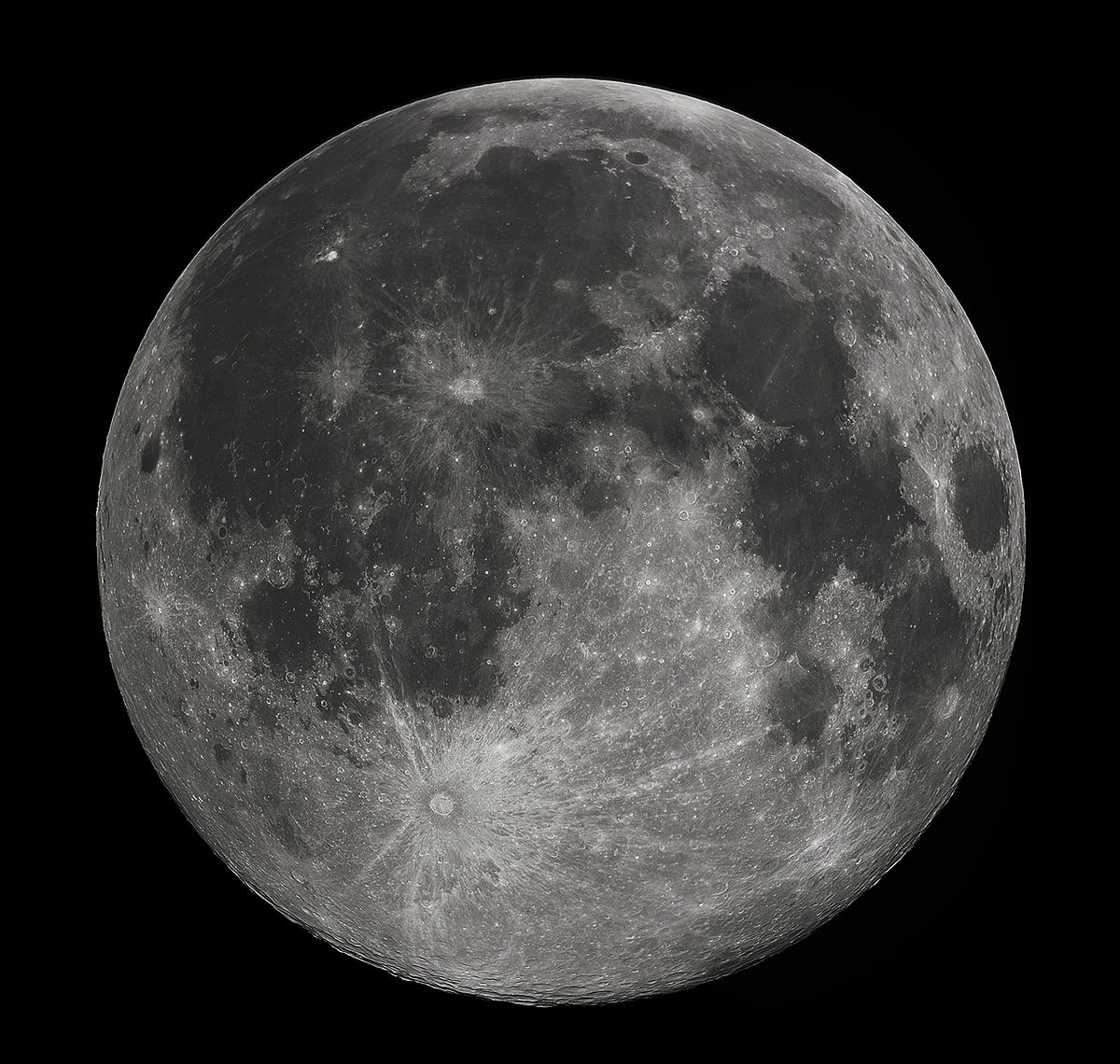
By Christopher Richins
Lunar communication options today are constrained by the relatively few legacy lunar-capable Earth stations built for previous missions. Some of these stations are in disrepair, and capacity as a whole is limited when compared to projected demand from future lunar missions. In this post, we’ll review a sample of the upcoming lunar missions, explore the challenges of supporting projected future demand for lunar communications and present a few potential solutions for meeting this demand.
Upcoming Lunar Missions
- Artemis: Artemis is a NASA-led consortium with the goal of returning humans to the moon as well as an orbiting space station around the moon called Gateway. Even though there have been delays in this program, much of the planning and preparation for lunar communications is already being discussed.
- CLPS – Also part of the Artemis program, commercial companies will be responsible for delivering payloads to the lunar surface for science and technology. Many companies are participating in this program, including Astrobotic, Intuitive Machines, Firefly (Blue Ghost), and others.
- Beresheet 2 – SpaceIL’s Beresheet 2 will attempt to build on the progress of Beresheet 1 (launched in November 2019). Beresheet 2 is targeted to launch in 2024.
- Hakuto-R – iSpace is planning to launch Hakuto-R 2, a lunar lander and rover, in late 2023.
- Many other national programs are pursuing lunar missions.
Lunar Communication Challenges
- Lunar communication is challenging because of the extreme distances involved. An antenna on Earth will receive about 0.00000002% of a signal sent from the moon as compared to the same signal sent from a satellite in Low Earth Orbit.
- Large antennas (>13m in diameter) are required to compensate for the ultra-low signal levels received on Earth. These antennas are very expensive to manufacture, deploy, operate and maintain.
- A global network of at least 3-4 of these large antennas is required to provide 24/7 communication with the moon. The antenna can only be used for Lunar communication when the moon is visible from the antenna location.
- Large antennas have little utility when not performing deep space or Lunar communication services, so these expensive assets sit unused the majority of the day making them even more expensive for users.
- Even with relatively large antennas, data rates from the moon will be a small fraction of what we are used to on Earth. Think kbps instead of Gbps.
- Because of the low data rate, the many missions flying to the moon (many on the same launches) will be competing for as much antenna time as possible to return valuable data from their (possibly very brief) missions. This will make existing antenna time a valuable commodity.
- Most of the antennas of the size required for Lunar communication in operation today are controlled by national governments and may not even be available for commercial use at any price. There are very few commercial options available.
Potential Lunar Communication Solutions
- Laser communication relays which deliver relatively high throughput data from the moon (or cis-lunar region) to geostationary satellites via laser optical links, which don’t suffer from the same exponential losses over long distances. The data is then relayed to the surface of the Earth received by smaller and more cost effective RF antennas to combat atmospheric losses and disturbances which affect laser communication from space to the surface of the Earth.
- Antenna arrays both on Earth and in space can help provide the large reception areas necessary to enable higher data rate communication with Lunar spacecraft and landers. The signals received by a group of smaller antennas can be digitally combined to create the effective performance of a much larger antenna system. This is the technology used by large radio telescope arrays like the Allen Telescope Area used by SETI. Larger numbers of small antennas can be used more flexibly than one large antenna, and provide more reliability, utility, and value.
The moon is seen as a strategic destination. Multiple countries and companies are executing on their lunar plans today. Robust communications will play a critical role in the success of their future lunar exploration and development.
